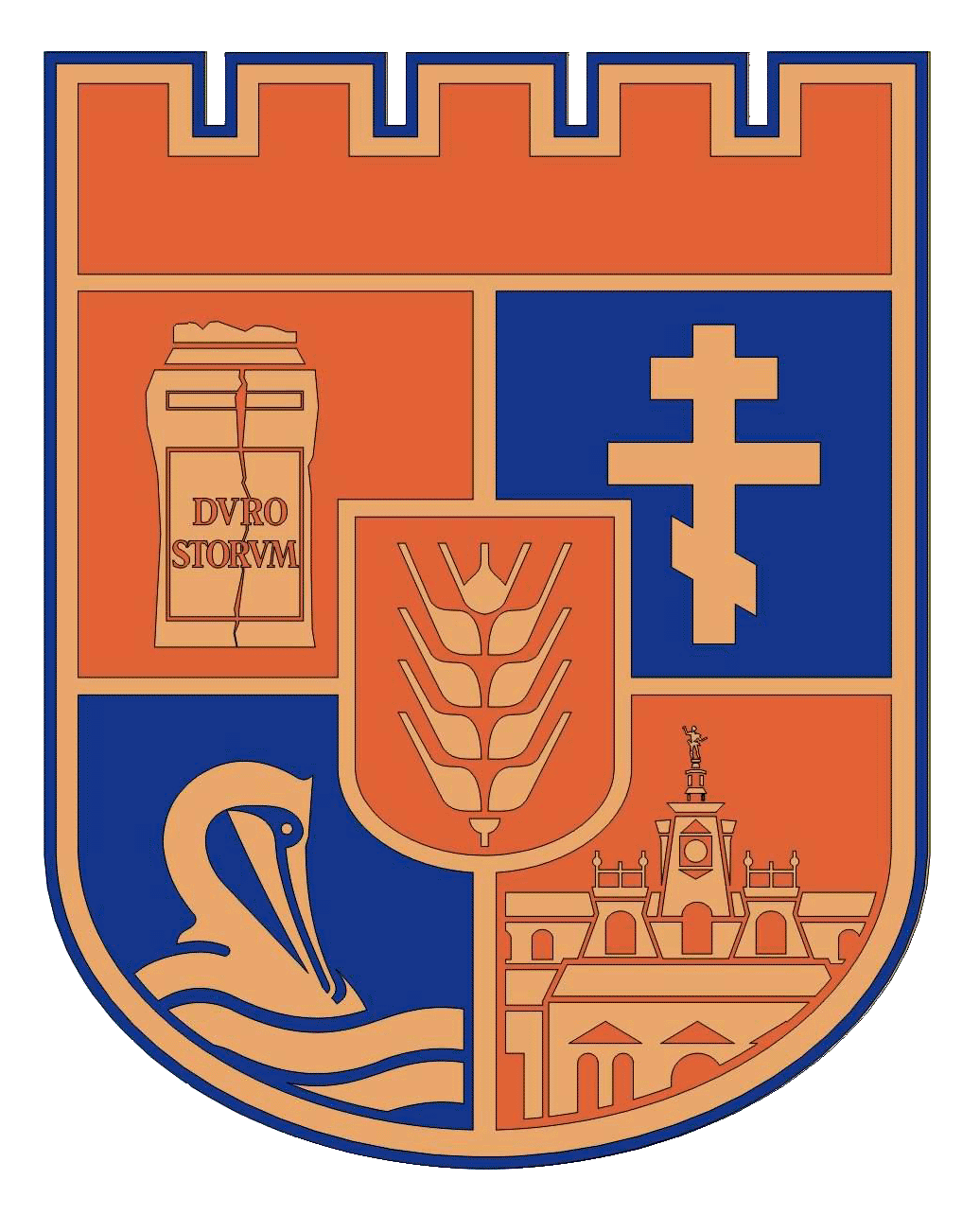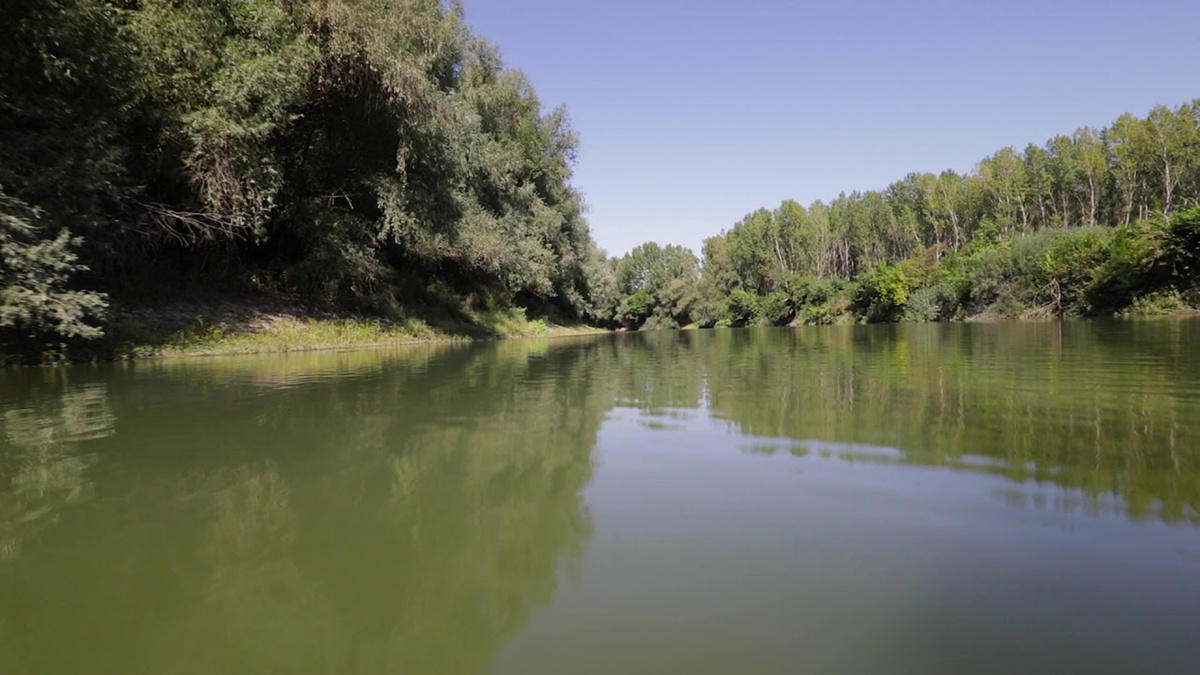The Calarasi tarn
Category ParkLOCATION
Cuza Voda, Calarasi, Romania
DESCRIPTION
Călărași tarn is a special avifaunistic protection area located in Călăraşi County, on the administrative territory of Cuza Voda and Călăraşi, Romania.
The 2,877-hectare natural area is located in Muntenia, in the central eastern part of Calarasi County, Romania, occupying the left meadow of the Danube in the area where the Borcea Brake is separated from it, near the DN31 national road connecting Călăraşi to Grădiştea, on the eastern part of the Ciocanesti Ostrovul Nature Reserve. It has undergone artificial alterations for the purpose of exploiting it as a farm (the bank was constructed in the 1960s). This site hosts important protected bird species. During the migration period, the site is a stop for more than 20,000 specimens of birds.
HISTORY
The Nature Reserve was declared a protected area by Government Decree No. 2151 of November 30, 2004 (on the establishment of the protected area regime for new areas) and since July 2012 is protected by the International Ramsar Convention as a wetland of international importance.
The International Ramsar Convention is a global intergovernmental treaty for the conservation and sustainable use of wetlands. Signed in the Iranian city of Ramsar in 1971, the Convention established the basic notions for the management and sustainable use of wetlands. So far, it remains the only environmental agreement in the world dedicated to a specific ecosystem. Under this treaty, Member States undertake to protect and to use all wetlands on their territory in a sustainable manner by implementing the necessary local measures as well as through national and international cooperation.
The protected area is a damp plains area (water lush, running water, lakes, swamps, reeds, meadows, farmland) that shelters and provides nesting, food and living conditions for several migratory birds and passages, some of which are rare and protected by law.
The natural area overlaps with the Natura 2000 site - Calarasi Iezer, and since July 2012 is protected as a wetland area by the International Convention of Ramsar.
The reserve has several types of habitats, such as swamps, rains, rivers, lakes, cultivated arable land, reedbeds and meadows, which provides favorable living conditions for several species of birds.
The natural area is of great importance due to the presence of several migratory bird species in its area: the winter swan (Cygnus cygnus), the white stork, the black hawk (Chlidonias niger), the big hawk (Anser albifrons), the red chest (Branta ruficollis), the salty squid (Charadrius alexandrinus), the small egret (Egretta garzetta), the white egret (Egretta alba), the black-winged stilt bird (Himantopus himantopus), the bully (Philomachus pugnax), the pike-beetle (Recurvirostra avosetta), the winter swan (Cygnus cygnus), the marsh-whale (Sterna hirundo), the marsh-whale (Mergus albellus), the wood sandpiper (Tringa glareola), and the nesting species in the reserve: the purple duck (Ardea purpurea) and the red duck (Aythya nyroca), as well as some of the winters here: the common pelican (Pelecanus onocrotalus), the gingerbread (Plegadis falcinellus), or the butterfly (Platalea leucordia).
SITE SIGNIFICANCE
The natural area is of great importance due to the presence of several migratory bird species in its area.
VISITOR INFORMATION
The site currently has a visitor and information center. There are warning and alert panels, information points, observation and surveillance facilities. There are also information panels, site entry points, pathways and waste collection areas.
OTHER INFORMATION
The natural area overlaps with the Natura 2000 site - Calarasi Iezer, and since July 2012 is protected as a wetland area by the International Convention of Ramsar. The reserve has several types of habitats, such as swamps, rains, rivers, lakes, cultivated arable land, reedbeds and meadows, which provides favorable living conditions for several species of birds.
Călăraşi is the administrative centre of the county with the same name. Calarasi is known for its food industry, the melamine chip industry, the steel industry, the paper industry and the prefabricated industry.
SITE CLASSIFICATION
The Nature Reserve




